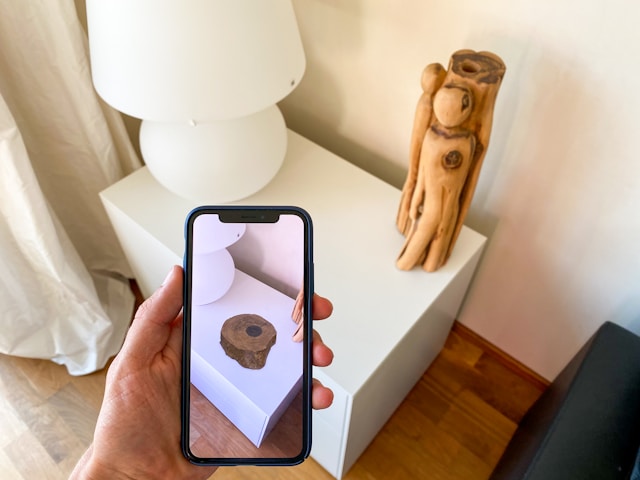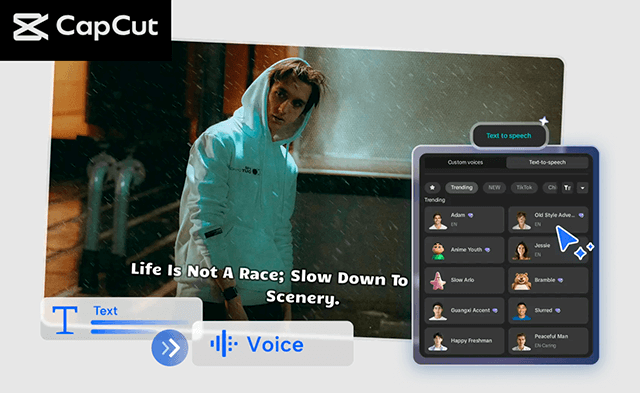The Rise of Augmented Reality in Social Media Advertising

You might’ve been strolling on Instagram or Snapchat, and unexpectedly swiped onto an ad featuring a fantastic pair of sunglasses. You tap on it, and suddenly those very sunglasses are sitting snug on your face. All of this without leaving your home. Welcome to the incredibly immersive world of Augmented Reality (AR) as part of social media marketing strategies. Brands today are harnessing the power of AR technologies in ways that are not only innovative but also truly revolutionizing user engagement.
“AR in social media marketing has become the bridge connecting potential consumers to the virtual try-before-you-buy experience, making online shopping even more comfortable and reliable.”
- And this is only the tip of the iceberg. AR is predicted to take over the digital marketing landscape, transforming the way we engage with brands on social media platforms.
- So buckle up and dive into the dynamic realm of AR in the social media marketing world.
By the end of this article, you’ll be well-versed with how brands are using AR to enhance their social media campaigns, the benefits of these investments, and what the future could hold for this game-changing technology.
How are brands using augmented reality in social media advertising?
Brand marketers have begun to strategically leverage the potential of augmented reality (AR) in social media advertising, crafting immersive experiences that captivate users. It’s all about merging the physical with the virtual—in a way that fosters a more intimate connection between a product or service and its intended audience.
One way they’re doing this is by integrating AR into their social media platforms. By using location targeting and mobile devices, these marketers can trigger AR content for their brands, offering a uniquely personalized experience. Imagine walking down a retail aisle and receiving a notification on your smartphone. With a swift click, you’re virtually trying on sunglasses or applying a new shade of lipstick—all without stepping into a fitting room.
Brands are also experimenting with 3D modeling and AR elements in social media ads. These visually stunning, attention-grabbing ad formats go beyond just a 2D image or catchy slogan, they allow users to interact with products in a whole new dimension. This exciting interaction not only drives customer engagement but also differentiates brands, giving them a competitive edge.
Whether it’s an eCommerce brand creating engaging shopping experiences or a tech company demonstrating their products through AR filters on Instagram, this technology is providing marketing teams with an opportunity to connect with their audience in innovative ways. As a result, social media followers are more likely to transform into purchasers. It’s clear, AR’s influence on social media is here to stay.
What are the benefits of using AR in social media marketing?
Just imagine it—you pick up your smartphone, launch your favorite social media app, and suddenly you’re immersed in an interactive experience where your favorite brand comes to life. This is what augmented reality (AR) brings to the table in terms of social media marketing, and oh, the transformation is palpable.
When AR is integrated seamlessly into social media strategies, what we’re witnessing is the redefinition of brand and audience engagement. AR ingeniously takes advantage of the capabilities of mobile devices and location targeting technologies to trigger captivating content for brands. This out-of-the-box approach allows brands to interact with their audience in novel and engaging ways. It’s like a breath of fresh digital air!
A major advantage offered by AR is the capacity to morph passive social media users into active buyers, essentially turning conventional online browsing into delightful shopping experiences. Think of a scenario where you can virtually ‘try on’ a pair of sunglasses or see how a new couch fits into your living room—all within the comfort of your social media platform. That’s AR for you—making the customer journey more immersive and interactive.
Not forgetting the competitive edge it offers. In a social media landscape teeming with brands tirelessly competing for attention, AR stands as a game-changer. It presents a unique opportunity for brands to differentiate themselves, grab the spotlight and etch an indelible mark in the minds of social media users. A well-executed AR campaign on social media could very well lead to brands gaining the high ground in their respective markets.
It’s safe to conclude that the benefits of using AR in social media marketing are immense and undeniable—it dials up engagement, fuels conversion, and provides a platform for brands to stand out. Keep an eye out, this is the future of brand storytelling.
What are the future trends of augmented reality in social media advertising?
As technology continues to evolve, we can expect augmented reality to instigate significant transformations within social media advertising. Developers are consistently pushing boundaries, and marketers eye the potential benefits with anticipation.
The first trend we’d likely see is an escalation in the prevalence of AR advertising. The symbiosis of augmented reality and social media grants brands a fresh, compelling method of connecting with their customer base. Businesses are turning increasingly towards 3D modelling and AR elements to create gripping, interactive content that commands attention.
AR social filters have seen a considerable upswing in popularity, with platforms like Instagram and Snapchat leading the charge. However, expect this feature to extend beyond mere entertainment. Brands are bound to integrate their products or services into these filters, subtly weaving their marketing efforts into the user’s everyday life.
Moreover, when we consider the growing reliance on smartphones and mobile devices, we can predict the rise of AR-enabled mobile advertising. Brands can tailor immersive, engaging experiences that users can tap into at their convenience. As a result, AR becomes a powerful tool for marketers to hold their user’s attention, drawing them further into the brand’s sphere.
Lastly, we may also witness more eCommerce brands adopting AR to convert their social media following into eager purchasers. Augmented reality affords customers a new level of interaction, such as virtually trying on clothes or seeing how a piece of furniture fits in their house. This convergence of physical and digital realms can dramatically enhance the shopping experience, potentially boosting conversion rates.
In essence, the future of AR in social media lies in its capacity to sculpt immersive, personalised experiences. AR could be the catalyst that takes social media advertising to another level of effectiveness and user engagement. It is a future brimming with opportunity, and it is this potential that underlines the importance of AR to forward-thinking businesses today.
Read more: The Impact of Augmented Reality on E-commerce
Reference: https://www.investopedia.com/terms/a/augmented-reality.asp







